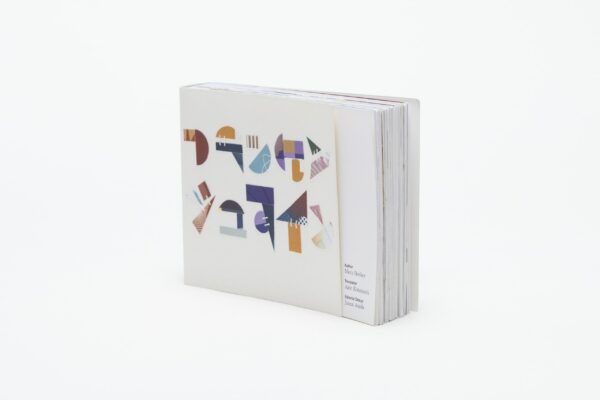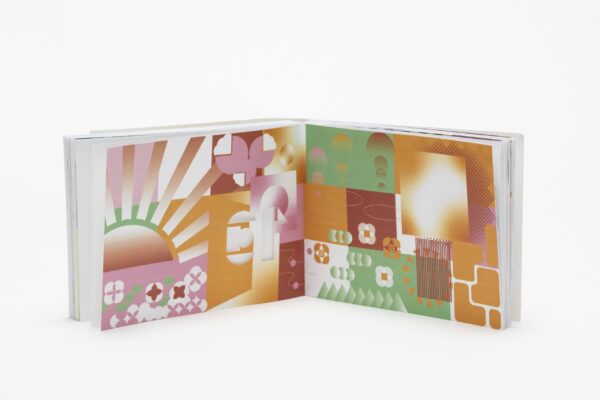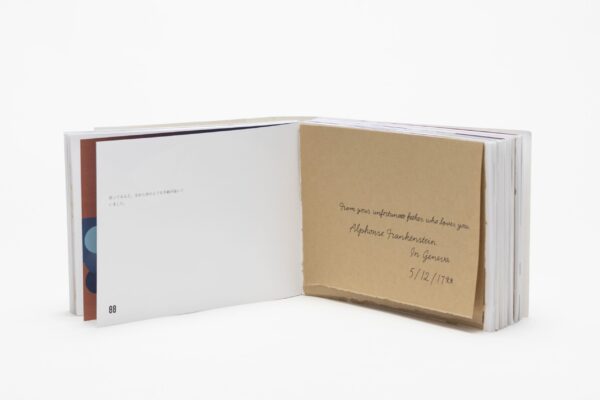浅田純菜 JUNNA ASADA
Format: 200 ×150mm
340 pages
Typeface: A-OTF リュウミン
Pr6N、游ゴシック体 Pr6N、
DIN Condensed
Genre: Redesign
University: DWCLA
『フランケンシュタイン』を初めて読み終えた時、悲しみ、怒り、喜び、期待など
登場人物の激しい感情の変化に複雑な感情になった。それから、想像力がこの悲
惨な結末を招いたのではないかと考えるようになった。登場する怪物もフランケ
ンシュタインもあらゆる可能性や未来への願望を想像していた。しかし、自分が
中心で、相手の「心」まで想像することはできていなかったように思う。そして、「心
と想像力」を作品のテーマとした。読者に視覚的に楽しみつつ、登場人物の心を
自由に想像してもらうために、小説で綴られている感情や経験を抽象的なイラス
トで表現した。また、本全体としては、繋がりを意識した。特に、切り抜いた章
番号の破片を縫い合わせて文字にした表紙のデザインがこだわりである。
When I first finished reading “Frankenstein,” I mixed feelings about the char-
acter’s intense emotional shifts of sadness, anger, joy, and anticipation. Then
I began to wonder if imagination might have led to this tragic ending. Both
the monster and Frankenstein in the novel imagined all kinds of possibilities
and desires for the future.But, I think their focus was on themselves, and they
were not able to imagine the “heart” of the other person. I decided “heart and
imagination” as the theme of my work. In order to give readers visual enjoyment
and allow them to freely imagine the minds of the characters, the emotions and
experiences spelled out in the novel are expressed through abstract illustrations.
In addition, the book as a whole was designed to be connected. Especially point
of my design is cover of the book. Pieces of cut-out chapter numbers were sewn
together to form letters.



